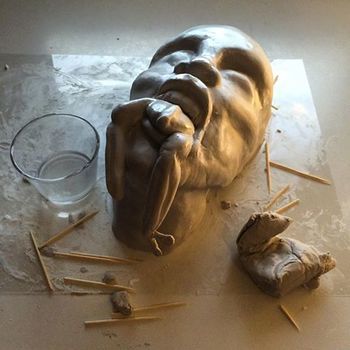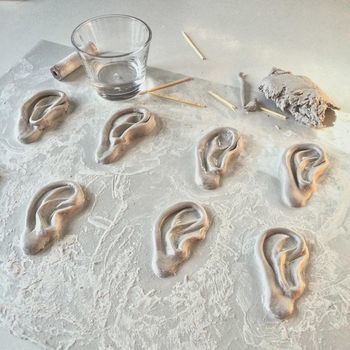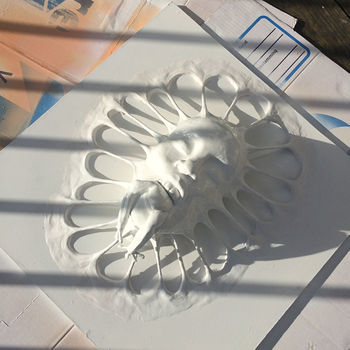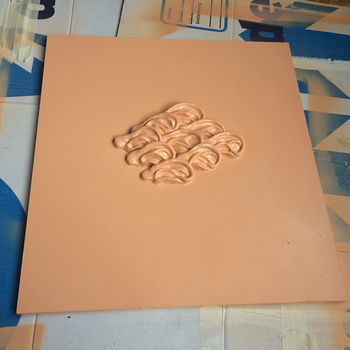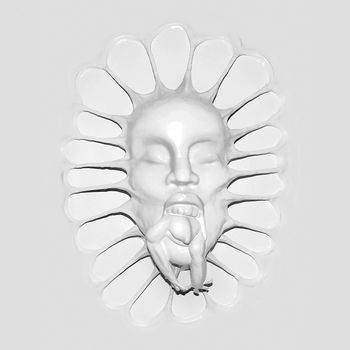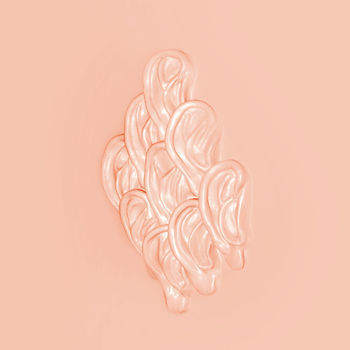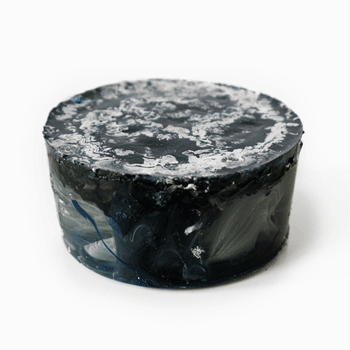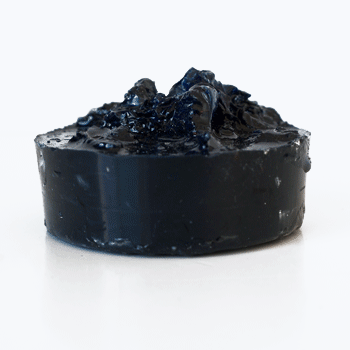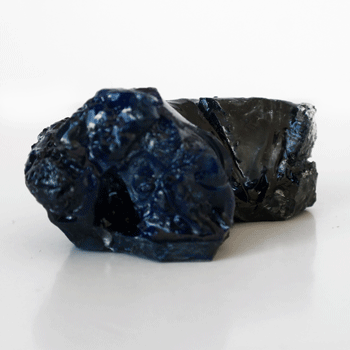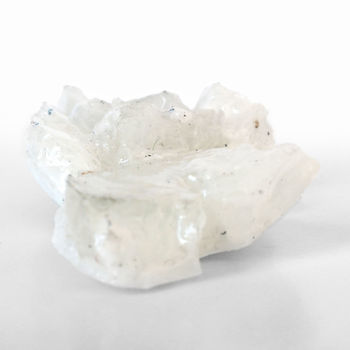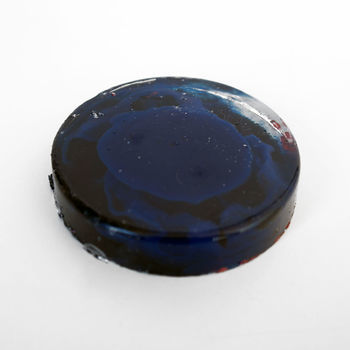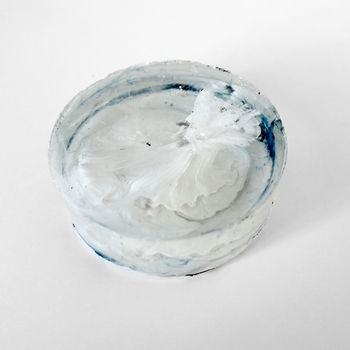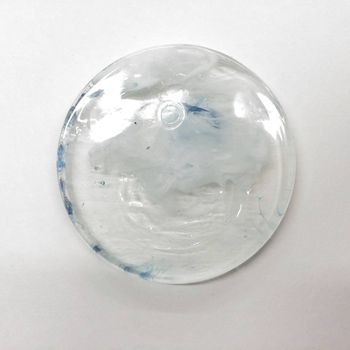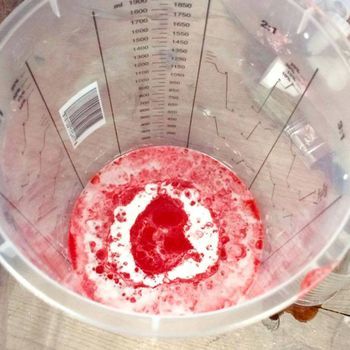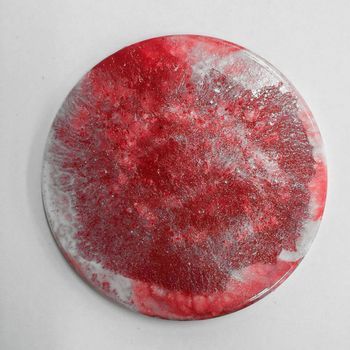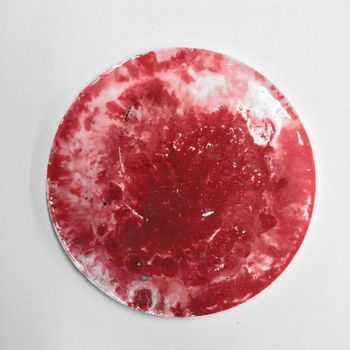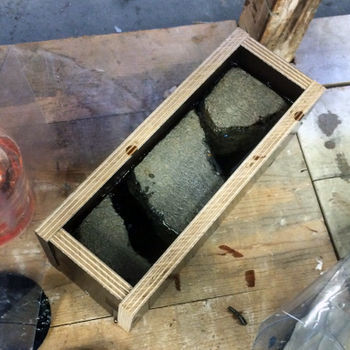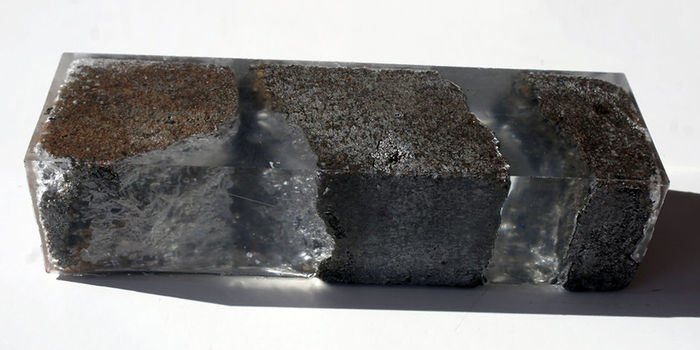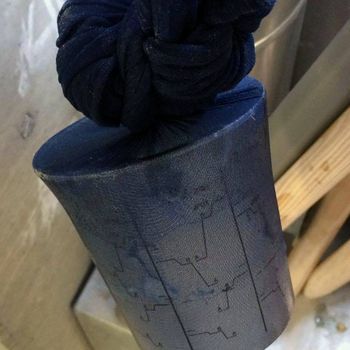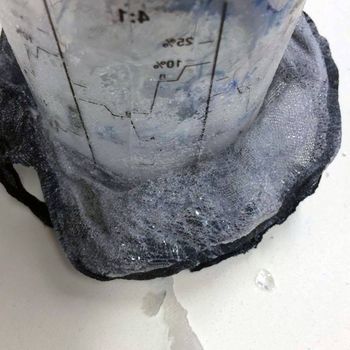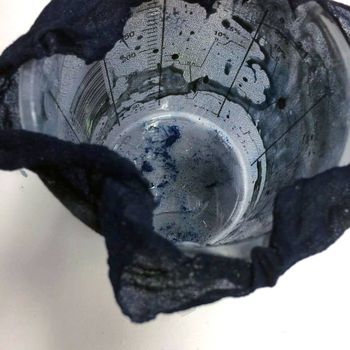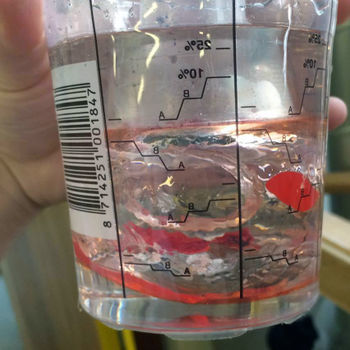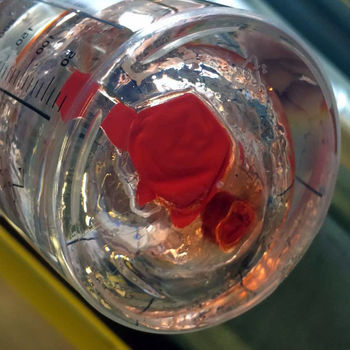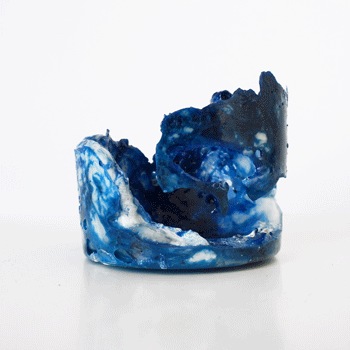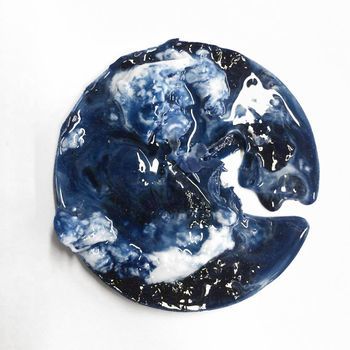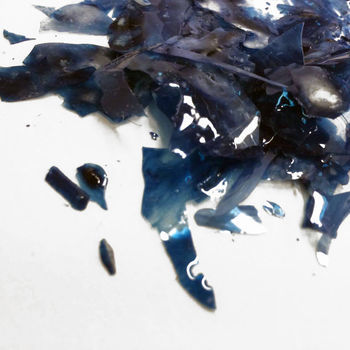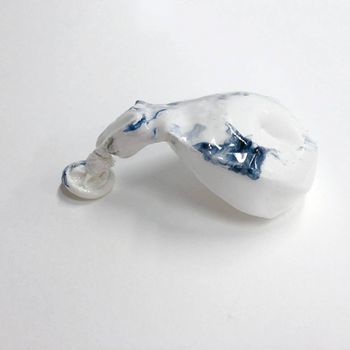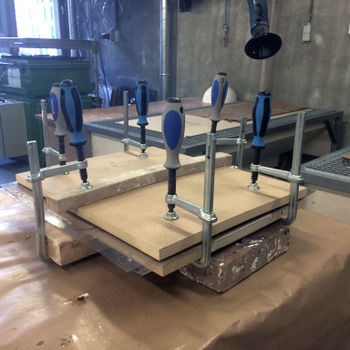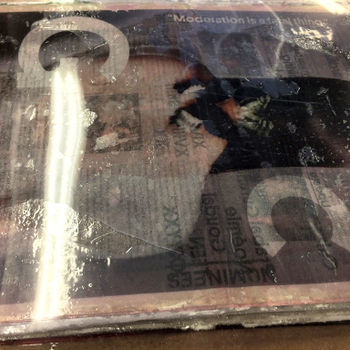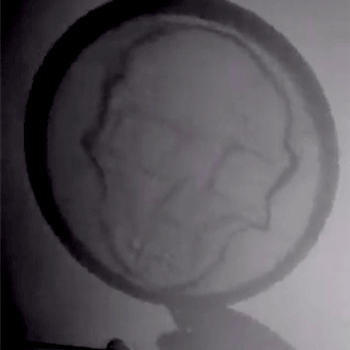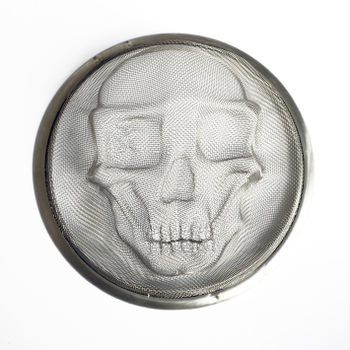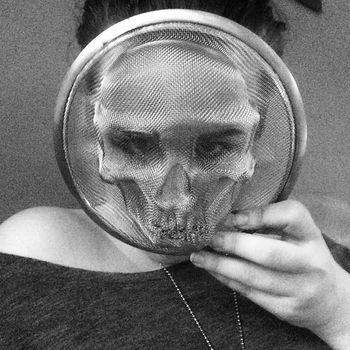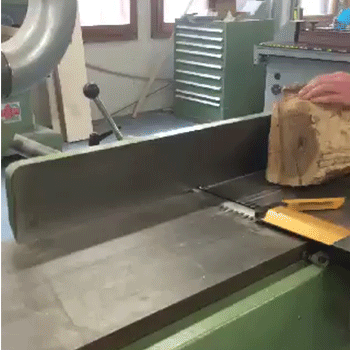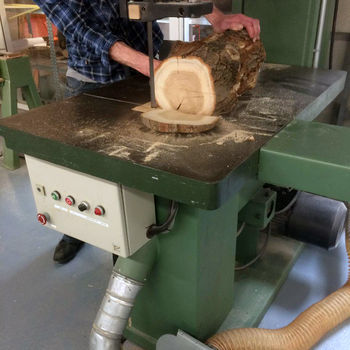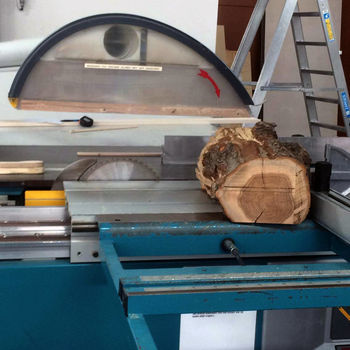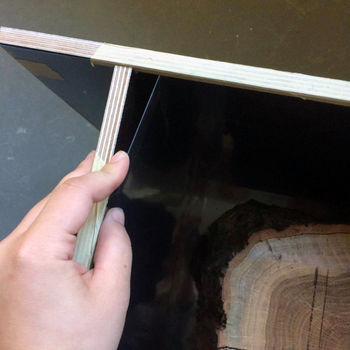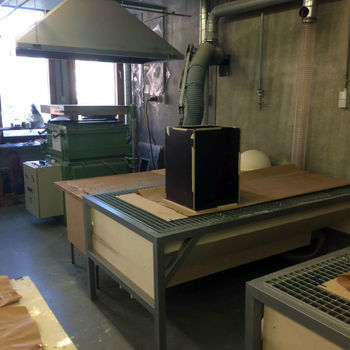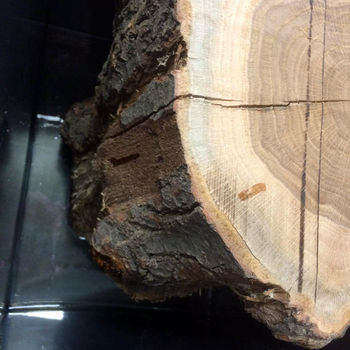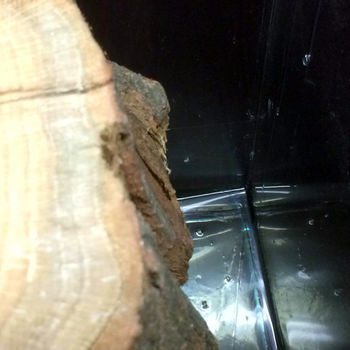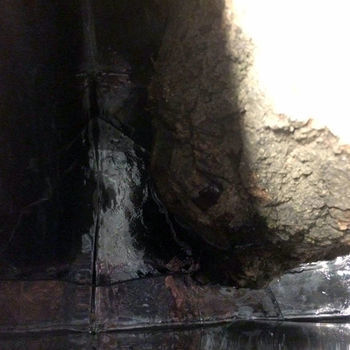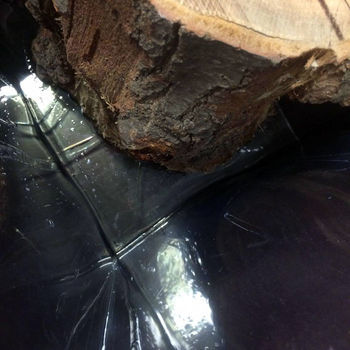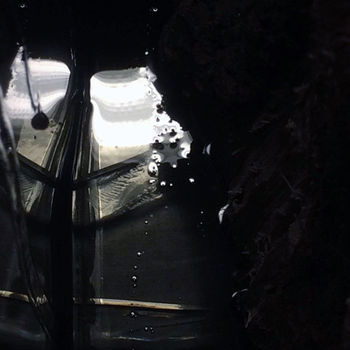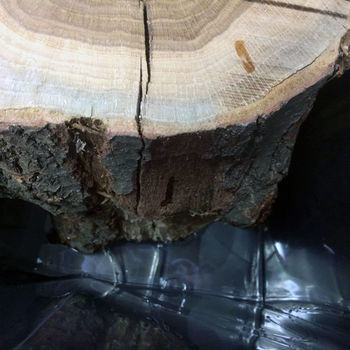User:Jeanine Verloop
I L L U S T R A T I O N D E P A R T M E N T
Making is Connecting
Bonding
0889920@hr.nl
Contents
Why I make
5 sentences
1. I am a maker because it excites me.
2. I am a maker in response to the digital movement, in making I want to expand beyond just drawing.
3. I am a maker in shaping my voice trough design and objects.
4. I am a maker because I am searching.
5. Making is in my blood, I can't go without.
1000 words
As an illustration student paper is my most obvious medium. My problem is that I always want something different, something different than I should be doing. When I studied Graphic Design I wanted Illustration for the freedom of making my own image, free of the strict rules of 'hip' design. Now that I study Illustration I crave something more, I crave making things. It excites me, making something and not expecting the end result I get. That little edge of the material I use. I am a maker because I don't want to be just another Illustrator that can draw nice infographics. I want to be an image maker, not depending on a certain medium.
As an art student people ask me a lot what it is that is do. I still find it difficult to explain, I am still searching for that one sentence that can describe me as a maker. When people ask me I would rather show me work. In making I try to shape my voice as a maker. When I make my head is clear, what I want is clear. When I am not making I am struggling.
Making is in my blood. I come from a little village where people are (I think) more self sufficient than in the big city. I grew up in a making environment. When we were little my family did not have that much money. What we couldn't buy we would make ourselves. My grandmothers brothers would to hunting and give everyone meat, my grandfather grew his own vegetables and went fishing. When I wanted a cute summery dress or a warm sweater I would go to my grandmother and tell her exactly what I wanted to have and she would draw the pattern. I really admire my grandmother, she can make anything happen behind her sewing machine. My grandfather taught me how to build things with very little resources. I wanted a rabbit but had no cage, together with my grandfather I build one. That hands on attitude really influenced me. I can walk into a crappy room and see all the opportunities behind the mess. I can have household objects and make something completely different from it.
Technique
Historical technique
For my historical technique I chose to use clay. I really like working with clay, I can fully control the material and manipulate it the way I need.
For my first example I made the ears.First I made each ear individually, later I composed them on a piece of wood. I wanted to make some kind of freaky 3D painting. Afterwards I sprayed them 3 times with this color. As finishing touch I used varnish.
Secondly I made the head with the frog coming out. My approach for this object was different. I didn't want to use a lot of clay, because it wouldn't dry as quick and the result would be really heavy. Therefore I used a base of styrofoam. I cut the styrofoam to the shape (head) I wanted en then build the clay on top of that. For the strings coming out of the head I used skewers with several tiny layers of clay. The clay dries up in a grey tone, I sprayed it clear white. They again I used the varnish.
The reason I liked the varnish is because it makes the clay object look less like clay.
Comparitive technique
Pushed to the limit
First experiment
I worked before with casting resin to harden a wooden surface. I found out the residue dried up in the cup and I could easily get it out. I stored that as an inspiration piece, now I wanted to look further what the material could do.
I started making little cups with color, without color. Mixed and unmixed. Because I was to enthusiastic to get the resin out of the cup I found out that you could make mineral shapes.
I wanted to see if I could better control the pouring of color. In the red example I poured the resin over a cup. This way the resin poured more slowly, resulting in less mixing of the color.
Stone
Online I saw many different applications of casting resin. The one that intrigued me the most was the tables with half wood, half casting resin. The polished feel of the resin and the rough wood seems like a combination made in heaven.
I wanted to try make something with the same feeling, rough and polished. I broke a stone from my parents backyard and made a mall for that. I made the mall from betonplex, wood with a coating, so the resin wouldn't attach to the mall.
It was a surprise tot the area where the resin and the stone touch, the two together made a crystallized structure. When the light hits it it looks really cool.
tights
It was really interesting to me how polyester hars could make something soft, really hard. The plan was to work with tights and make drinking cups out of soft material.
I made two different cups. By the first one I coated a plastic cup with casting resin. Then I put the tights over it and also covered the tights in casting resin. The second one I put on the tight and then the casting resin.
The resin took really long to dry. When it finally dried I couldn't get the tight of the cup without breaking the form it had taken. So unfortunately this experiment wasn't that succesfull. Now I am writing this I think it maybe would me possible with multiple layers of resin. So the form would be stronger than the plastic cup.
balloon
When I was working with the casting resin I immediately noticed that the resin would form to the form it was in. I wanted to find a way to play with that. I came up with putting a balloon in the casting resin, after the resin would dry I could take the ballon out.
The first issue I had was getting the balloon in the resin, because of the air the balloon would not stay under. I build, with the tools laying around at the ceramics station, a heavy installation to keep the balloon under. Second problem was the reaction between the materials. The temperature raised because of that, which resulted in the balloon breaking.
When I wanted to take the balloon out, It was nog longer possible because the balloon had become attached to the resin. Later I tried to mix the balloon with the resin one more time. I found out it could be done. First I let the resin dry partially. Then I put the balloon in and poured some resin over it.
Making new material
New skill try out
For my new skill I was inspired by the Shadow Faces installation by Isaac Cordal. Isaac Cordal created three-dimensional grid faces and used street lights to cast their shadows onto the pavement in London, England. 3D faces were sculpted into the metal grids of several kitchen strainers. This is work what really excites me, a dull object like a kitchen strainer transformed in a piece of art. I bought a kitchen strainer and started working.
My approach was to connect the strains of metal together. With the light shining through it, it would created shadow. I found it to be really difficult. Therefore I started to mold the strainer with my bare hands. Later on I made details with clipping the material together. I also used a dart to make holes bigger and force clean lines.
The skills I learned from modelling I could use with the kitchen restrainer. The difference was the need for tools afterwards. In this way I learned something new.
Final work
For my final piece I wanted to further investigate the properties of casting resin. Inspired by makers such as Jack Craig (www.jackpcraig.com) I wanted to make my own fusion object. I really like using objects I find in my surrounding with more uncommon materials. A while ago my mom decided to remove some trees, when I visited my parents I got the idea to incorporate a piece of tree trunk in casting resin.
My first action was to go to the wood workplace and try to refine the tree trunk. In the length, I had a piece planed off. I sawed a piece from the top and bottom side, afterwards I also had a piece planed off. Because I did not have the nessecary expierence I had some help.
When I made the mold for the stone I noticed how the stone inherited a little bit of the roughness of the wood. Therefore I decided to use PVC as an extra layering. Here I made a mistake, because I could not bend the PVS properly I cut the pieces and placed them in the mold, with a couple of sides stuck between the wood. When I arrived at ceramics they pointed out my mistake. Because I did not have the time to correct it properly I used tape to fasten the PVC in the corners.
I am working with a larger amount of casting resin, therefore I must pour in stages. The ratio of casting resin and hardener is also different. Casting resin generates heat upon curing, the more casting resin, the more heat. Normally I would add 1% of hardener, now I only use 0.5% of hardener. With every layer I used less hardener. Because the layer would have warmth of the layer underneath it.
I poured the casting resin per litre. When you watch closely you notice the surface changing in an orange peel structure. I tried to measure the warmth of the resin on the outside of the mall. Underline tried! Because after pouring the third litre the resin became really hot. Resulting in some cracks and the PVC distorted. Wich is not that surprising, here I really learned my lesson in the two types of plastic. The kind (like casting resin) that produces warmth while hardening, and the kind that transforms with warmth.
I left he resin alone to not make it worse. The next day gave me two options. Stopping and taking the PVC out, wich would me a challenge because the PVC was stuck between the wood. Or I could keep working and later correct the bubbles I created. I chose the last. I really took my time to pour this time. Over the duration of 10 minutes I really slowly poured the resin, giving it time to fill the cracks.
